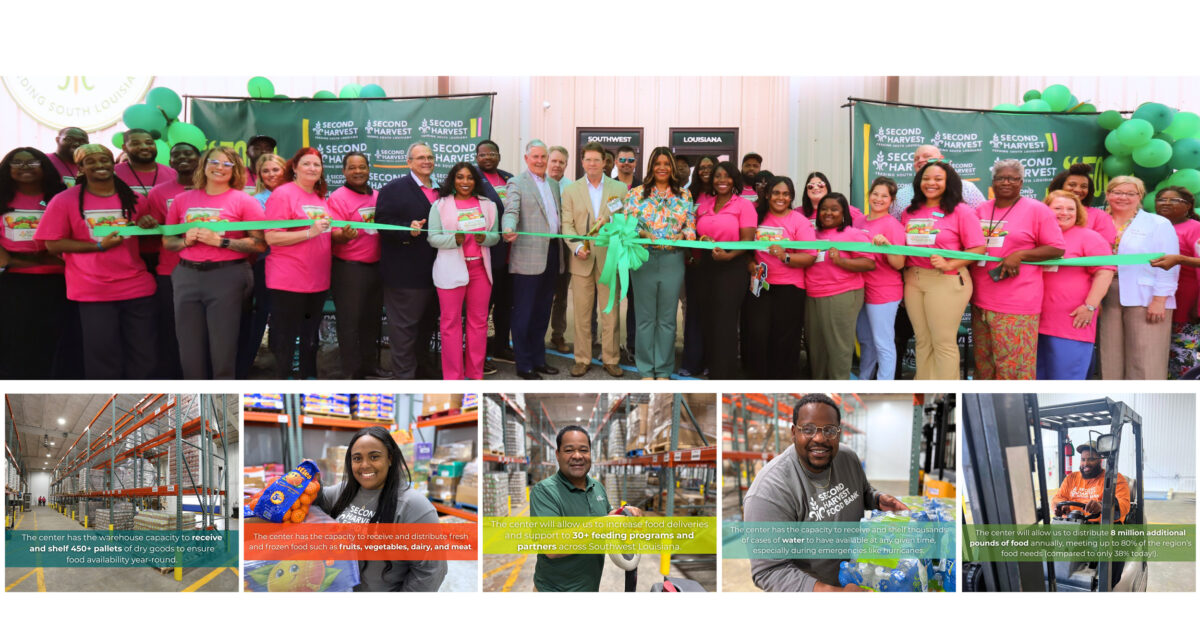
At the Helm: Arts & Culture Organizations Take on New Directors
June 2023
Invest Early, Invest Often: Tips for a Top Return
June 2023by Angie Kay Dilmore
Chris Melder is a supervisory wildlife biologist at Fort Polk, working as part of a cooperative agreement between his employer, the Center of Environmental Management of Military Lands (CEMML) based at Colorado State University, and the Fort Polk Environmental and Natural Resource Management Division. This Ragley resident spends his days tromping through forests, training biologists and technicians, and striving to manage and protect threatened and endangered species living in our state’s piney woods.
As a child, Melder loved the outdoors, hunting, and fishing with his father. Family vacations were spent in national parks across the country. “By the age of 12, I knew I wanted to pursue a career doing something with the environment, maybe game management,” he says. Melder graduated from Northwestern State University with a degree in biology with an emphasis on wildlife. In the summer after his junior year, he landed a seasonal job at Fork Polk doing botanical surveys for CEMML.
That first summer job in 1994 set the stage for Melder’s career. He interned with the same group the following two summers. From there, he began a three-year internship with Oakridge Institute of Science and Education and worked with endangered species such as the shy Henslow’s sparrow. Soon after, Melder assumed the role of lead environmental intern at the Fort Polk program, and his focus centered on the red-cockaded woodpecker, an endangered bird found across the Southeast. Wielding chainsaws, he and his team created cavities in longleaf pines for these birds to nest in. They did census work, counting the number of red-cockaded woodpeckers they found. “It was a lot of late evenings and early mornings – challenging work – and I really enjoyed it,” Melder says. When that internship ended in 1999, Melder resumed work for CEMML.
Melder continues to study and manage the red-cockaded woodpecker population. But his passion lies with the elusive Louisiana pine snake, found only in Western Louisiana and Eastern Texas. “It’s known as one of the rarest snakes in North America,” Melder says. Despite its low numbers, the Louisiana pine snake is listed as “threatened” rather than endangered by the U.S. Fish and Wildlife Service under the Endangered Species Act of 1973. This means the Fish and Wildlife Service expects that the threat to the species might at some point be prevented or reversed.
Melder says the Louisiana pine snake is not only rare but is also difficult to find. It spends 75-80 percent of its time underground in the tunnels of its prey, the pocket gopher. The snake is usually found in the sandy upland soil of long-leaf pine forests. Several zoos in the South, primarily the Memphis Zoo in Tennessee, work to breed this snake and introduce them into the wild to increase their numbers. “In my opinion, this is what will save the Louisiana pine snake,” Melder adds. “The decline of a single species can impact an entire ecosystem. We also need to protect the habitats. Around 1900, there were 90 million acres of long leaf pine throughout the Southeast. By the 1930s, the trees were almost completely clear-cut, which impacted many species. On public property, the habitats are coming back through good forest management.”
In addition to managing, monitoring, and training, Melder’s job also entails educating the community. “We do educational outreach to local schools, especially during ‘Louisiana Days’ and Forestry Awareness Week. I enjoy trying to educate people about species that might not be considered cute and cuddly, such as snakes, spiders, and bats. They have a place and deserve our respect, too.”






